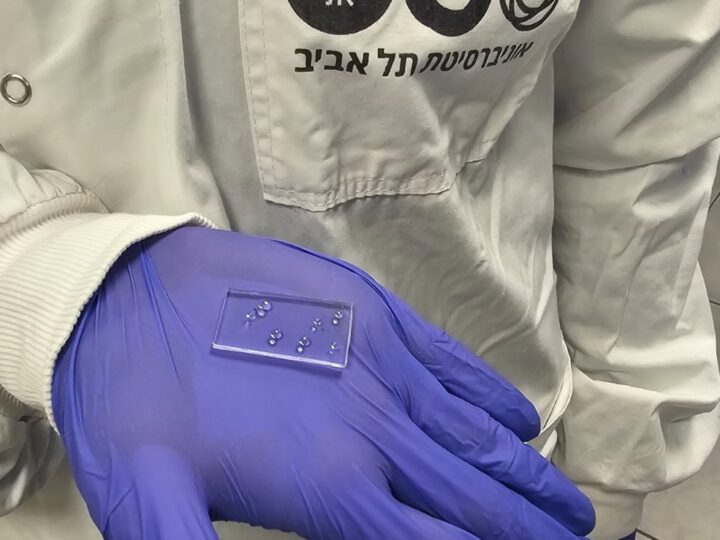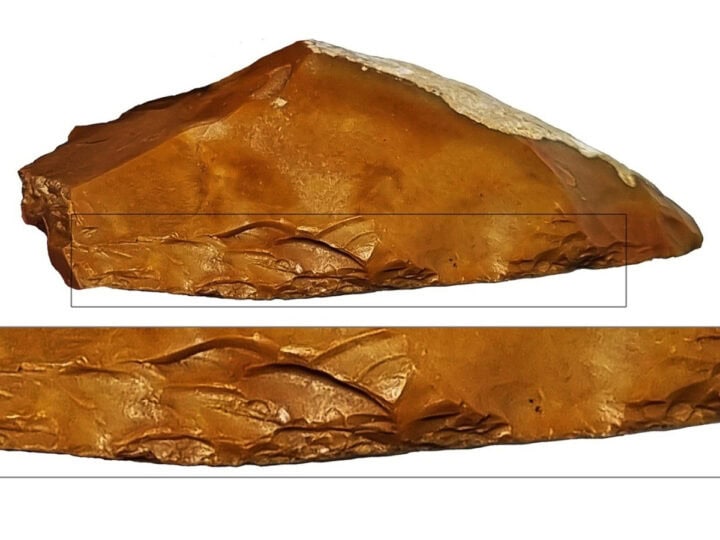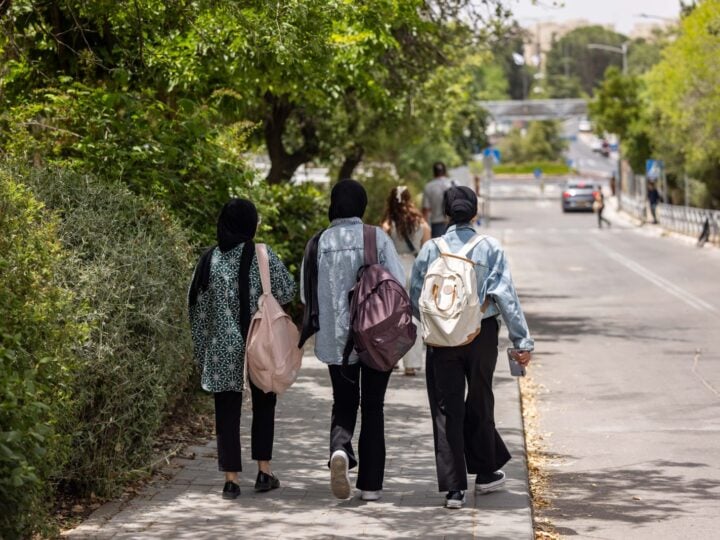A team excavating the ancient ruins of Jerusalem has struck gold.
They found a perfectly preserved gold ring dating back 2,300 years at the City of David archaeological site, birthplace of the capital, which is located close to the Western Wall.
The ring, set with a red gemstone — probably a garnet — was made by hammering thin pre-cut gold leaves onto a metal ring base and reflects the fashion during the Persian and early Hellenistic periods (from the late 4th to early 3rd century BCE) for gold with set stones, rather than decorated gold.
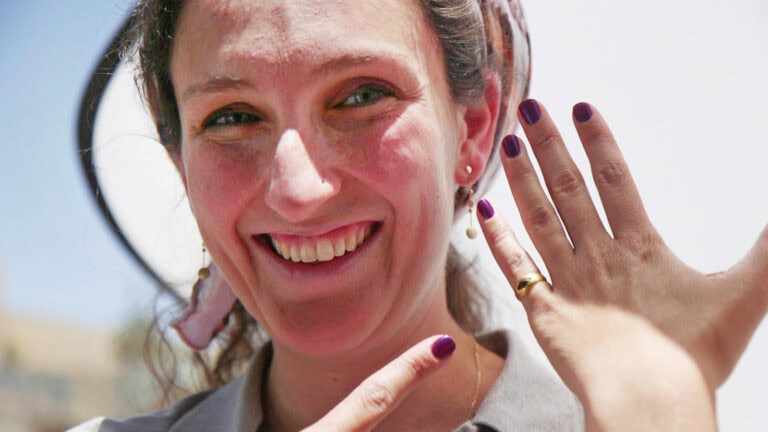
Judging by its size, it was designed for a child, and suggests that society at the time was wealthier and more advanced than originally thought.
“It probably belonged to a young girl,” said Riki Zalut Har-tov, an archaeologist at the Israel Antiquities Authority (IAA). “This ring, together with a gold earring and a gold bead that was found in 2017, start to tell a new story of the early Hellenistic period in Jerusalem: of a larger city, of a more capable society, of people that could afford jewelry, [such as] gold rings for children.”
The ring was found by excavation team member Tehiya Gangate as she sifted excavated earth at the Givati Parking Lot, where the IAA and Tel Aviv University (TAU) have been digging since 2007.
“I suddenly saw something glitter,” she said. “I immediately yelled, ‘I found a ring, I found a ring!’”
“Within seconds everyone gathered around me, and there was great excitement. This is an emotionally moving find, not the kind you find every day. In truth I always wanted to find gold jewelry, and I am very happy this dream came true, literally a week before I went on maternity leave.”
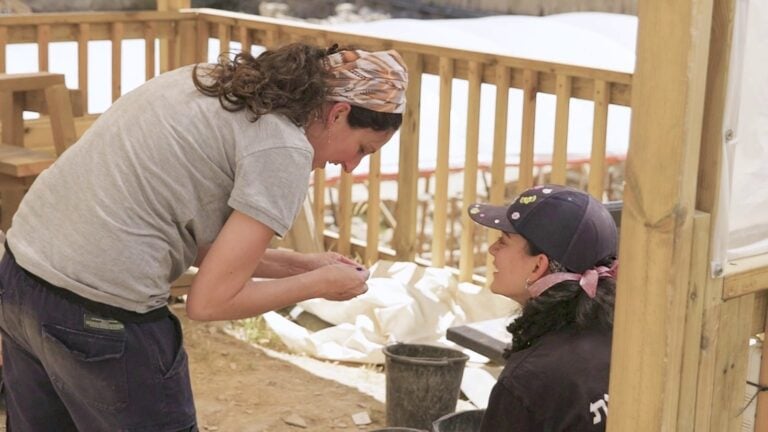
Professor Yuval Gadot of TAU’s Department of Archaeology elaborated on the significance of the finding.
“The Givati Parking Lot excavation finds are beginning to paint a new picture of the nature and stature of Jerusalem’s inhabitants in the early Hellenistic period,” Gadot said. “Whereas in the past we found only a few structures and finds from this era — and thus most scholars assumed Jerusalem was then a small town […] with relatively very few resources — these new finds tell a different story.”
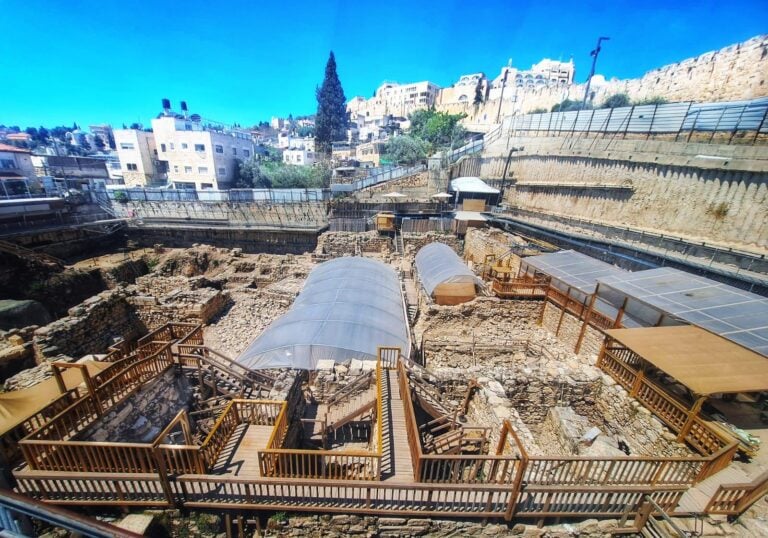
“The character of the buildings — and now of course, the gold finds and other discoveries — display the city’s healthy economy and even its elite status. It certainly seems that the city’s residents were open to the widespread Hellenistic style and influences prevalent also in the eastern Mediterranean Basin.”
The ring will be exhibited to the public for the first time at a free conference, Jerusalem Mysteries – The Archaeology of Jerusalem, on 5 June (Jerusalem Day).













